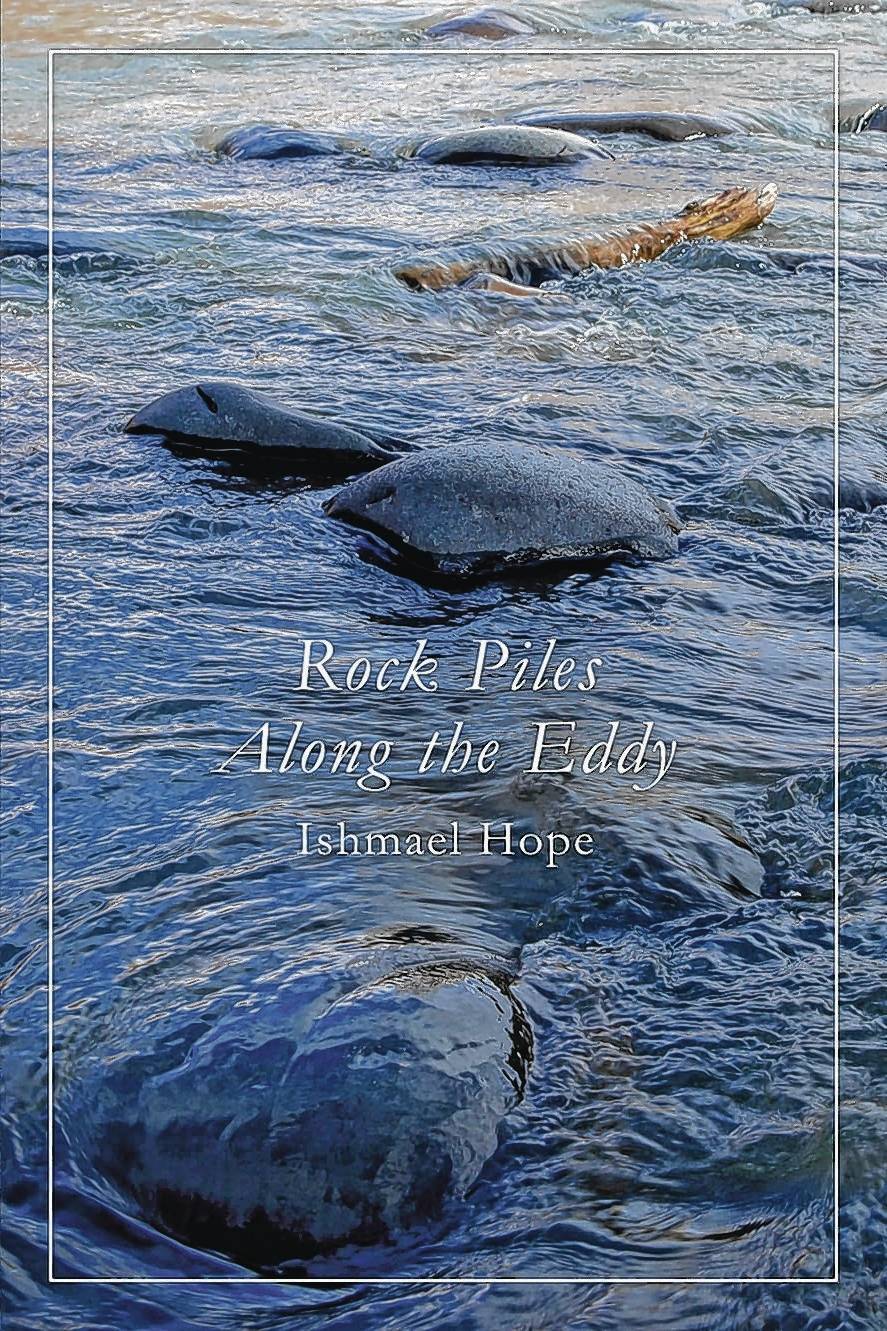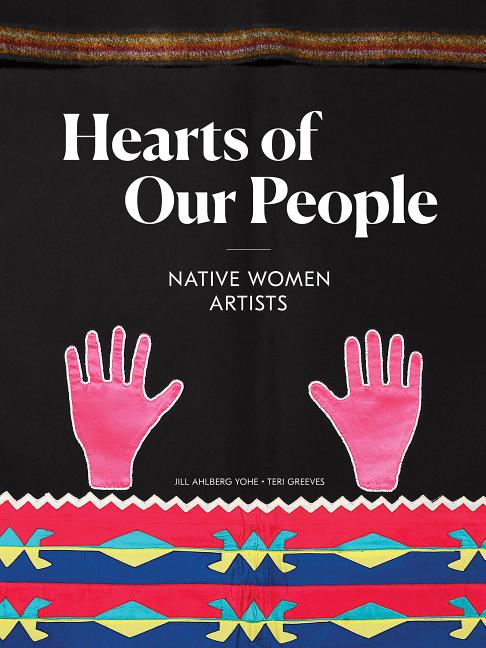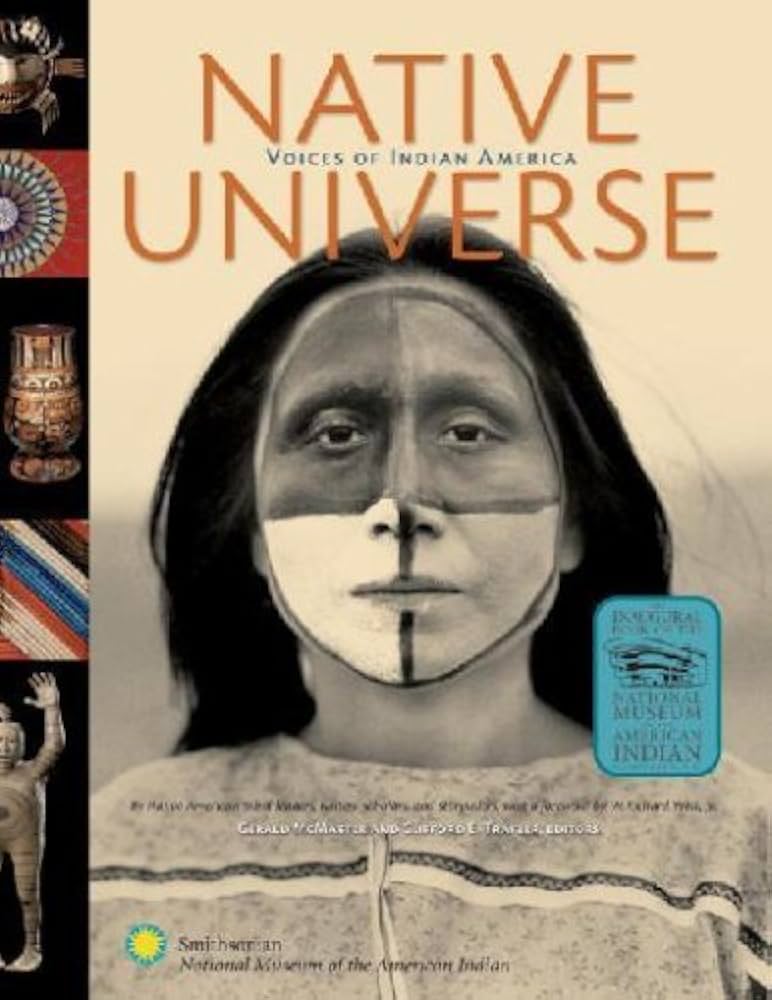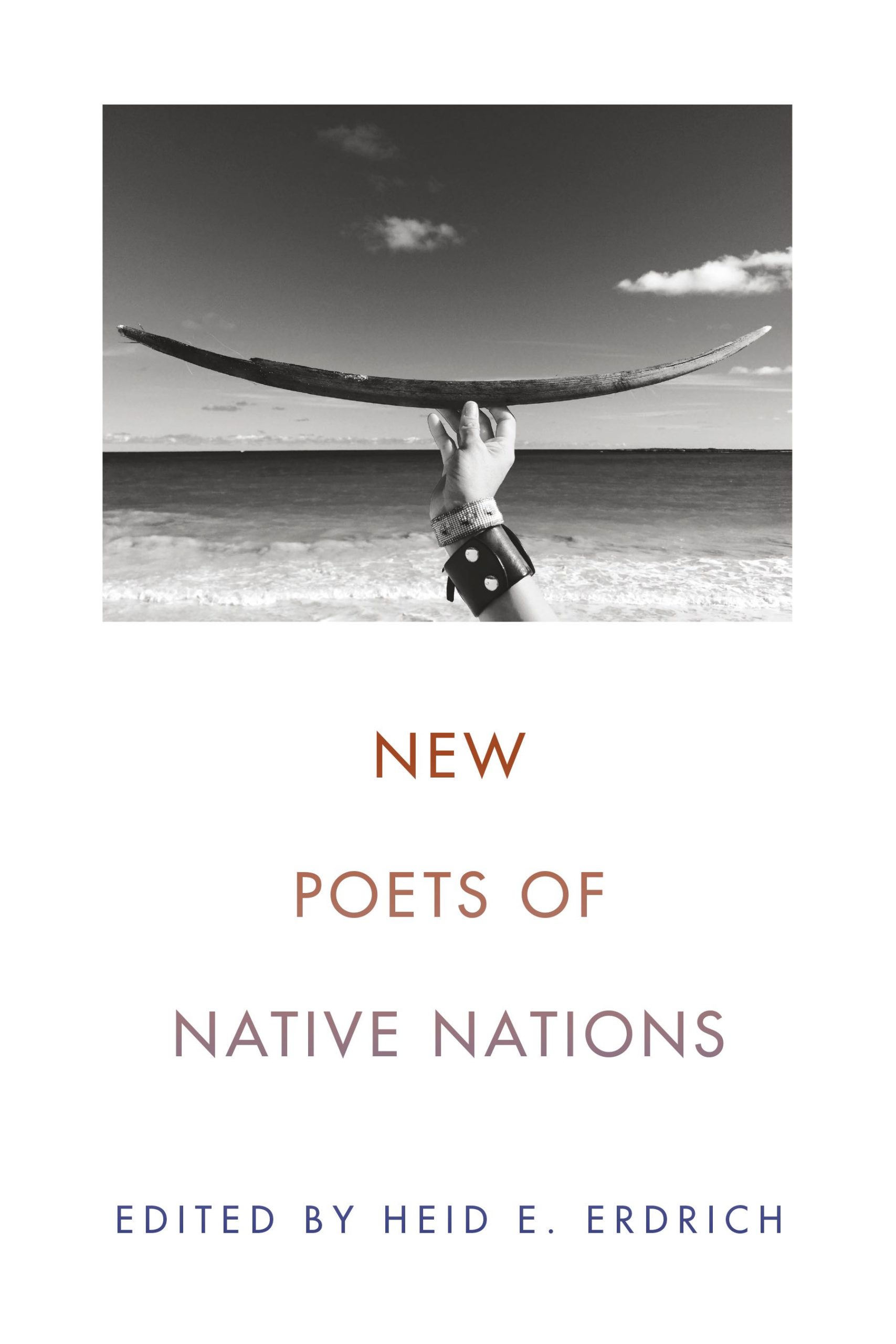Every November, we celebrate National Native American Heritage Month. This is an opportunity to honor and learn more about the language, history, and cultural practices of Native American and Alaska Native people. This month, explore some of the resources below!
Print resources available at Consortium:

Rock Piles Along the Eddy by Ishmael Hope is the second poetry collection by the Tlingit and Inupiaq poet. His poems weave together personal experience and Indigenous ways of being. Ishmael lives in Juneau.

Hearts of Our People: Native Women Artists by Jill Ahlberg Yohe and Teri Greeves is the companion text to the art exhibition of the same name that toured through the Smithsonian and other museums in 2019 and 2020. It explores the contributions of Native women artists from antiquity through to present day and includes the works of more than 115 artists from North America.

Native American Voices on Identity, Art, & Culture: Objects of Everlasting Esteem edited by Lucy Fowler Williams, William Wierzbowski, and Robert W. Preucel, centers 78 items held at the University of Pennsylvania Museum of Archaeology and Anthropology and the perspectives of contemporary Native Americans on each.

Earth Song, Sky Spirit : Short Stories of the Contemporary Native American experience edited by Clifford E. Trafzer. is a collection of short stories by more than two dozen Native American writers “exploring the plight, the pride, and the presence of their people.”

Native Universe : Voices of Indian America edited by Gerald McMaster and Clifford E. Trafzer, includes perspectives from scholars, writers, and leaders from a vast range of geographic areas on a variety of topics.

New Poets of Native Nations edited by Heid E. Erdrich is a collection of contemporary poetry by Native poets from a variety of tribal affiliations. Published in 2018, all poets included were published after 2000, highlighting the newer generation of writers.
Online resources:
The Alaska Native Language Center, housed at UAF, has a number of resources for learning about several of the languages spoken in Alaska.
Dena’ina Qenaga is a website dedicated to the Dena’ina Athabascan language – it includes both language learning resources and a digital archive of oral histories (though the latter is currently unavailable, they are working to restore access!).
The Alaska Native Knowledge Network, also housed at UAF, features “resources for compiling and exchanging information related to Alaska Native knowledge systems and ways of knowing.” It has lots of great resources for learners and educators alike.
The National Museum of the American Indian has a number of online resources, including a blog, the American Indian magazine, online exhibitions, and a YouTube channel.
Want to dive deeper? Contact the Information and Research Help Desk and we would be happy to help!
g information related to
Alaska Native knowledge systems and ways of knowing.






